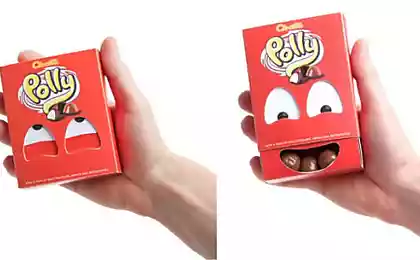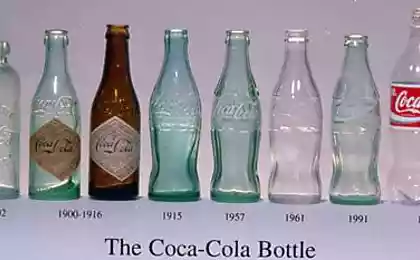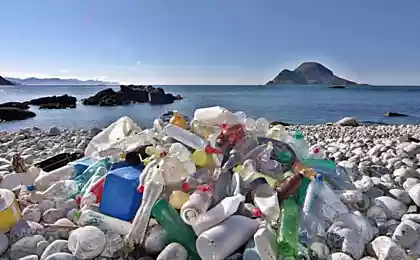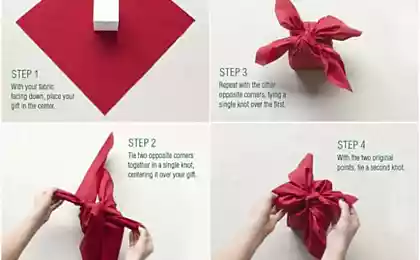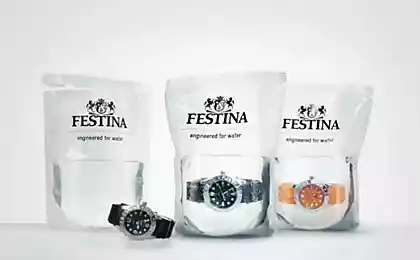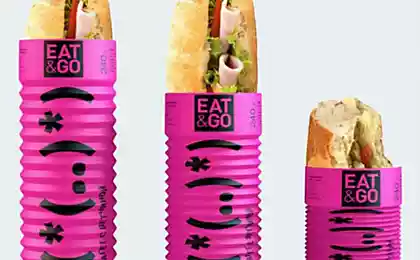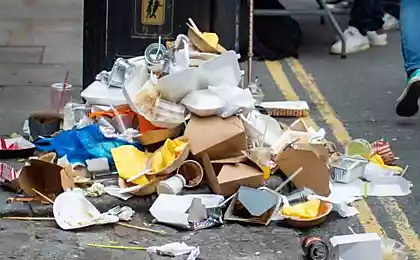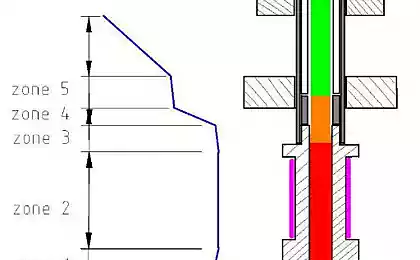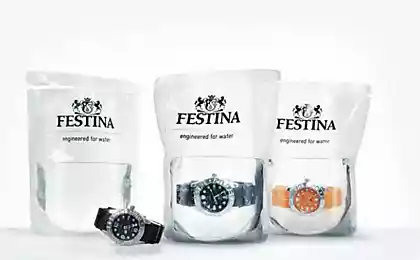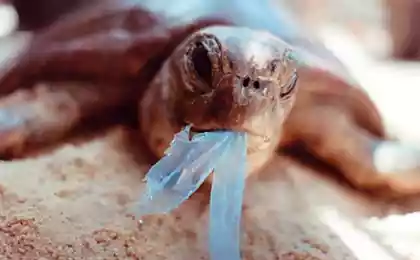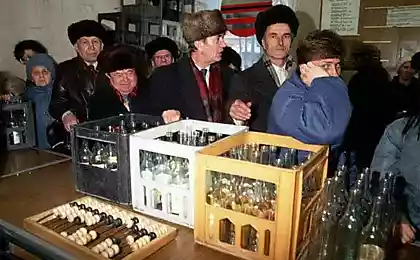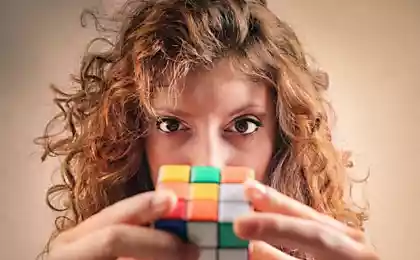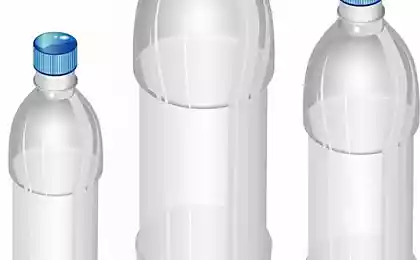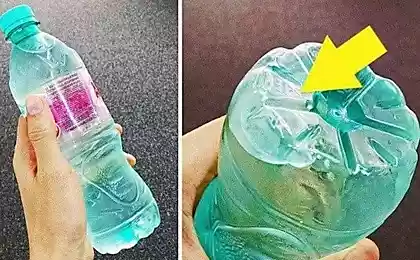181
Scientists have invented an edible replacement for plastic bottles
How can you stop a fast-growing pile of plastic bottles in landfills?
One of the ways we talked about earlier was to ban the sale of water in plastic bottles, as San Francisco did.
Another interesting way is to make a bottle that people can eat.
Inspired by a technique from molecular gastronomy, three London industrial design students have created the Ooho, a drop-shaped water tank that is robust, hygienic, biodegradable, edible, and that they claim is easy and cheap to produce.
The container can hold water in a double membrane using “spherification,” a spherical-shaped technique first developed in the lab in 1946 and most recently revived by chefs at Spanish elBulli restaurants.
The principle of its action is slightly reminiscent of an egg yolk, which also holds its shape, being enclosed in a thin membrane.
“We’re applying an improved version of spherification to one of life’s most important elements, water,” says Rodrigo García González, a student who designed Ooho with fellow designers Pierre Paslier and Guillaume Couche.
The material, made from brown algae and calcium chloride, creates a gel shell around the water. “The double membrane protects the inner surface, ensuring it is hygienic, and makes it possible to place labels between the two layers without using glue,” explains Garcia.
While the shell is prepared, the water is frozen to an ice state, allowing for a larger sphere to be created and the ingredients stored in the membrane and out of the water.
Why not just drink from the tap? The designers wanted to highlight the fact that most people drink water from disposable bottles.
“The reality is that the more water we drink, the more plastic bottles we throw away,” Garcia said. “80% of them are not recycled. This consumerism reflects the society in which we live.”
If you rethink the purpose of the bottle and its shape, the designers say that it can also reduce its cost, because for manufacturers, most of the cost of producing bottled water is the bottle itself. Oho can be produced for just 2 cents.
Like other edible packaging, Oho has a few issues to address. For example, how to keep the shell clean before drinking from the container and before its possible consumption. But for some people, like visitors to Whole Foods health food supermarkets, where products in similar packaging are in demand, this is not a problem at all.
Another drawback, as can be seen from the video, is that when such a container is opened, you can douse yourself a little.
Even now, while the technology of full use is not yet perfect, it is already possible to abandon the plastic bottle, and the cost of producing Oho leaves only a pleasant experience.
Source: facepla.net
Folk remedies for headache - more than 30 methods of treatment
Sport allows children to avoid many diseases
